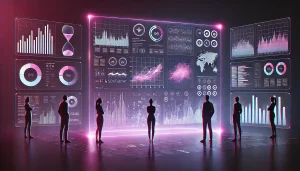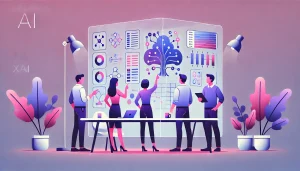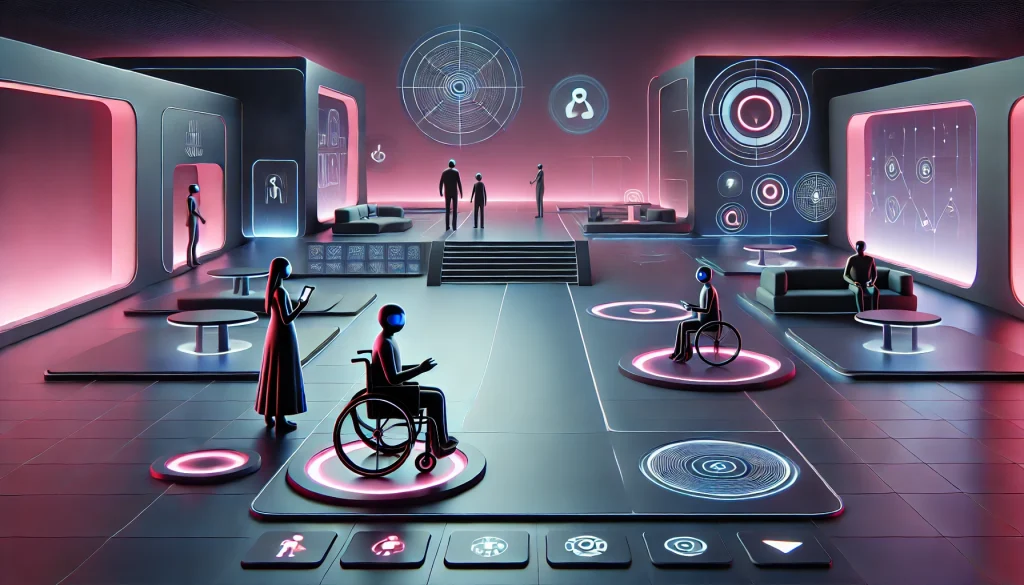
Be it social interactions, education, work meetings, or immersive gaming, the metaverse is meant to be a shared digital environment. But shared by whom? If platforms, tools, and experiences are not designed with accessibility in mind, millions of people – particularly those with disabilities – risk being excluded from these emerging spaces.
This blog explores the meaning of accessibility in the metaverse, the current gaps, and the steps designers and developers must take to create virtual environments that are inclusive for all.
What Does Accessibility in the Metaverse Mean?
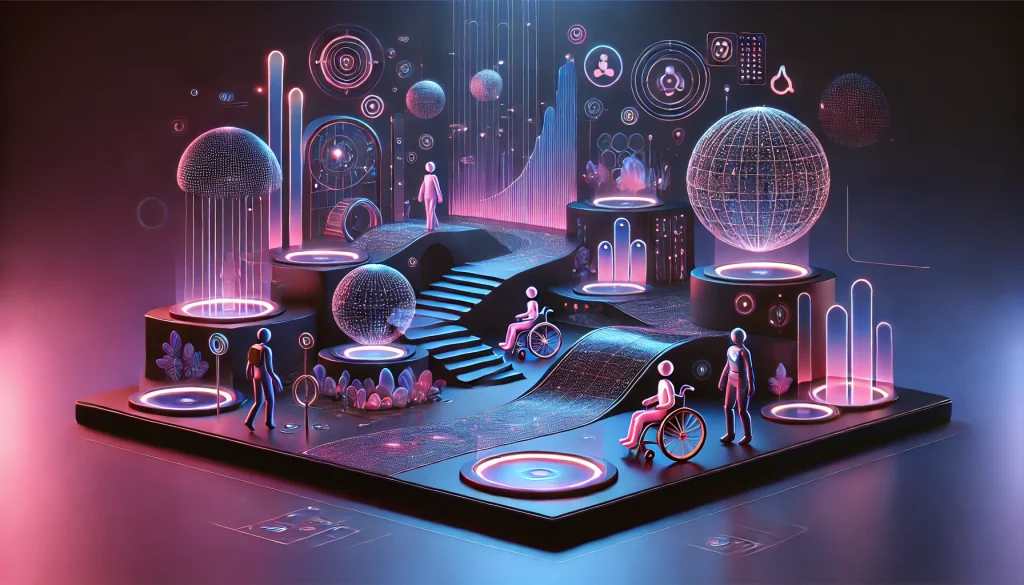
Accessibility in the metaverse refers to the design and development of virtual environments, applications, and tools in a way that enables people with various disabilities – physical, sensory, cognitive, or neurological – to fully participate in digital experiences. It also includes considerations for individuals with temporary impairments (like a broken arm), situational limitations (such as a noisy environment), or different levels of digital literacy.
In traditional web design, accessibility often means screen reader compatibility, keyboard navigation, alt-text for images, and clear content structure. In the metaverse, accessibility goes further – into spatial audio, gesture control, haptic feedback, avatar design, voice interfaces, and beyond.
Why Accessibility in the Metaverse Matters
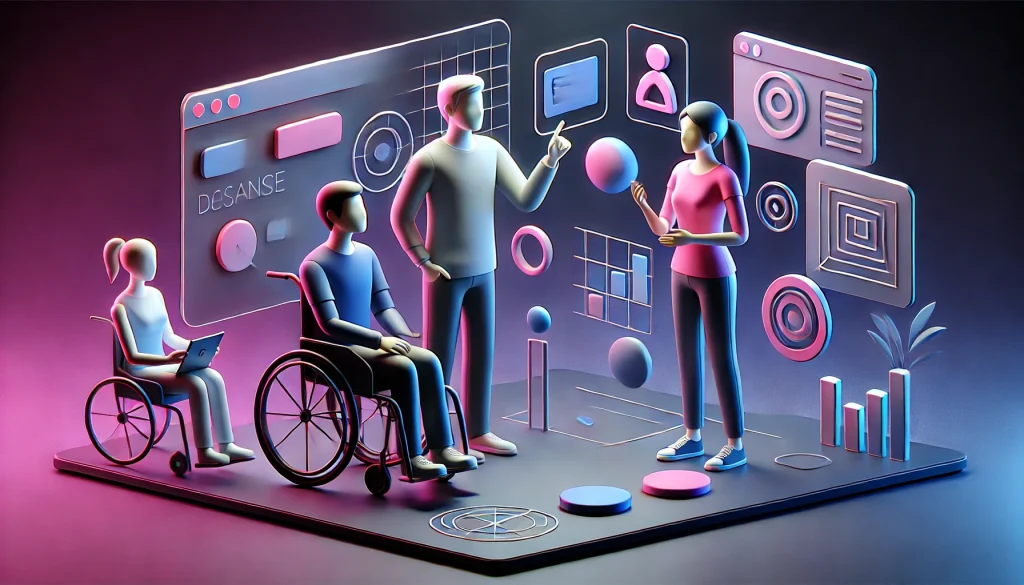
A Growing Population Relies on It
According to the World Health Organization, over 1 billion people – about 15% of the world’s population – live with some form of disability. As digital platforms become central to communication, education, entertainment, and work, excluding this group from immersive spaces creates a significant equity gap.
Legal and Ethical Responsibility
Many countries have digital accessibility laws in place (like the Americans with Disabilities Act in the US or the Rights of Persons with Disabilities Act in India). As the metaverse evolves, these standards will likely extend to immersive platforms as well. Proactive design can help avoid costly retrofits or legal complications down the line.
Better Design for Everyone
Accessibility features often improve experiences for all users. Captions help in noisy environments. Clear navigation helps newcomers. Voice controls support multitasking. Inclusive design leads to better user experiences, regardless of individual ability.
Key Accessibility Challenges in Virtual Spaces

1. Visual Limitations
Many metaverse platforms rely heavily on visuals: intricate 3D worlds, moving avatars, and visual cues. For users who are blind, have low vision, or are color blind, this creates a barrier. Current screen readers or magnifiers often don’t translate well into VR or AR settings.
2. Audio Dependencies
Spatial audio helps create immersion, but what happens when a user is deaf or hard of hearing? If important information is delivered only through sound – say, someone speaking behind an avatar – the experience becomes confusing or incomplete.
3. Mobility and Motor Impairments
Some VR platforms require physical movement or controller-based gestures. This can limit access for users with motor impairments or those who use assistive devices. Repetitive gestures can also lead to fatigue, even in able-bodied users.
4. Cognitive Load and Complexity
The metaverse can be overwhelming. Navigating 3D environments, switching between avatars, interpreting abstract interfaces – all these demand cognitive effort. For users with neurodivergent conditions like ADHD, autism, or memory impairments, the experience can be more stressful than engaging.
5. Lack of Standardization
Unlike web accessibility, which is guided by standards like the Web Content Accessibility Guidelines (WCAG), the metaverse lacks a unified framework. Each platform currently operates with its own approach, making it difficult for users to expect consistent accessible features.
Inclusive Design Principles for the Metaverse
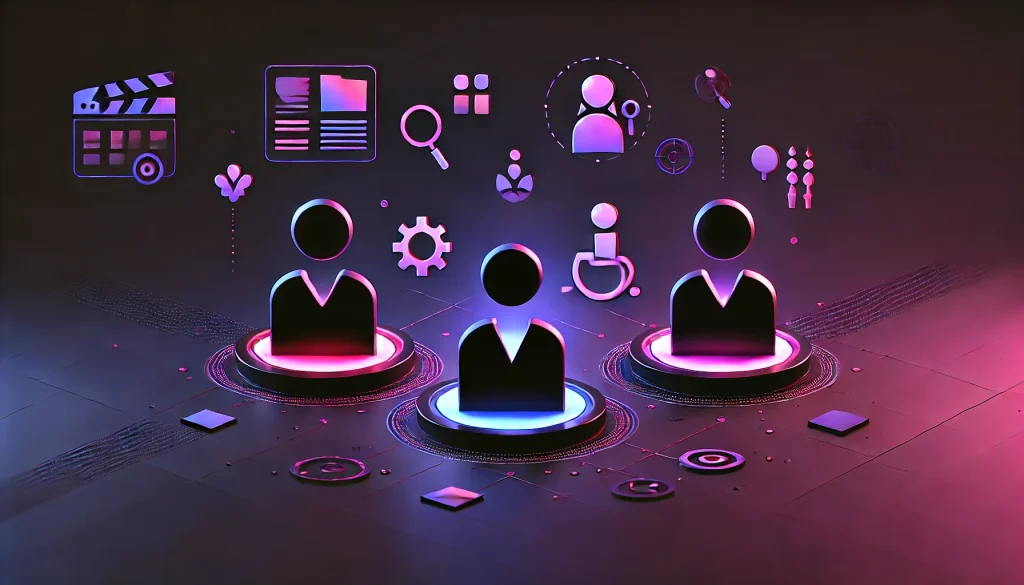
While there is no single rulebook for accessibility in virtual environments, certain design principles can make experiences more inclusive:
1. Multi-Sensory Feedback: Provide information through multiple channels – visual, auditory, and haptic – so users can choose the mode that works best for them. For example, a notification can include a sound, a visual alert, and a light vibration.
2. Customizable Avatars and Interfaces: Let users personalize their avatars and controls – not just in terms of appearance, but also movement, input type, and interface size. This helps users with disabilities find configurations that suit their needs.
3. Voice and Text Equivalence: Offer text-based alternatives to all spoken content, including real-time captions, transcripts of voice chats, and on-screen prompts. Likewise, provide voice-based interaction options for users who may struggle with typing or gesture-based input.
4. Clear Navigation and Orientation: Create intuitive layouts with clear landmarks, directional cues, and wayfinding support. This helps reduce cognitive overload and makes it easier for new or neurodivergent users to understand where they are and where they can go.
5. Compatibility with Assistive Technologies: Ensure platforms work with existing tools like screen readers, eye-tracking devices, sip-and-puff systems, and adaptive controllers. This may require new APIs or collaborations with accessibility tech developers.
Examples and Progress
Some companies are already thinking in this direction:
- Meta (formerly Facebook) has begun experimenting with voice control, hand tracking, and avatar expressions to broaden access in Horizon Worlds.
- Microsoft Mesh emphasizes cross-device collaboration, including support for keyboard input and non-VR users.
- XR Access Initiative is a community of researchers, developers, and advocates working on open standards and best practices for accessible XR (Extended Reality).
While progress is uneven, the increasing focus on accessibility in XR conferences, gaming expos, and academic research shows that the conversation is gaining momentum.
Moving Forward: A Shared Responsibility
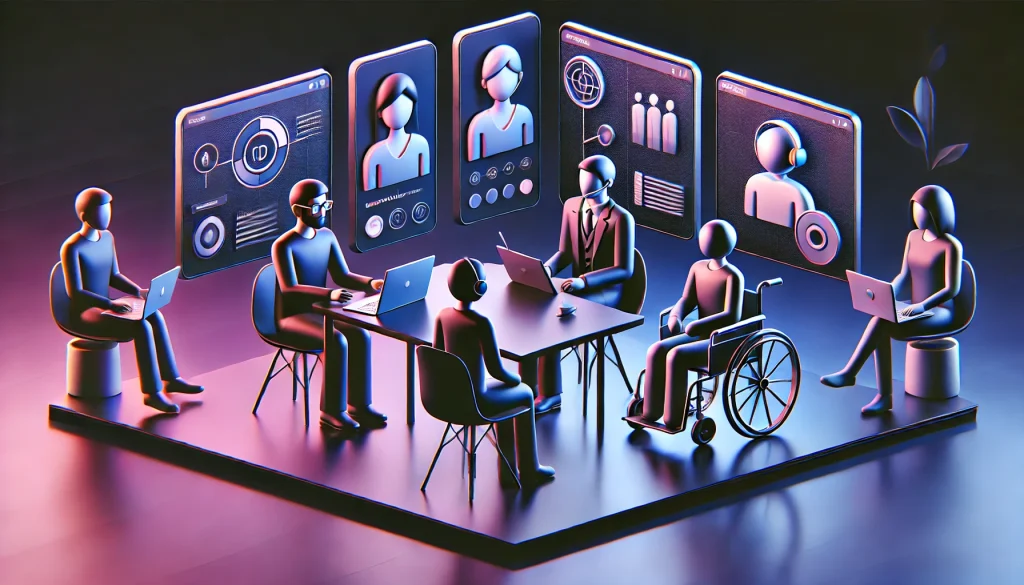
Making the metaverse accessible isn’t just a task for developers. It involves the entire ecosystem – from product managers and designers to researchers and policy makers. It also means including people with disabilities in the design process, not as an afterthought but as co-creators.
Governments and industry bodies can help by funding accessibility research, creating regulatory frameworks, and incentivizing inclusive practices. Educational institutions can train future technologists with accessibility as a core design value, not a side module.
Finally, users and communities can push for more inclusive virtual spaces – by sharing feedback, creating accessibility checklists, and holding platforms accountable.
Conclusion
The promise of the metaverse is a world without physical boundaries. But unless we build it with accessibility at its core, we risk replicating – or even deepening – the exclusions of the physical world. Designing for accessibility in virtual spaces isn’t just a technical challenge. It’s a question of who gets to participate in the future of digital life.
Inclusivity in the metaverse isn’t about special features for a few. It’s about creating experiences where everyone can fully belong.
Also Read: 7 Accessibility Best Practices for Better UX Design






